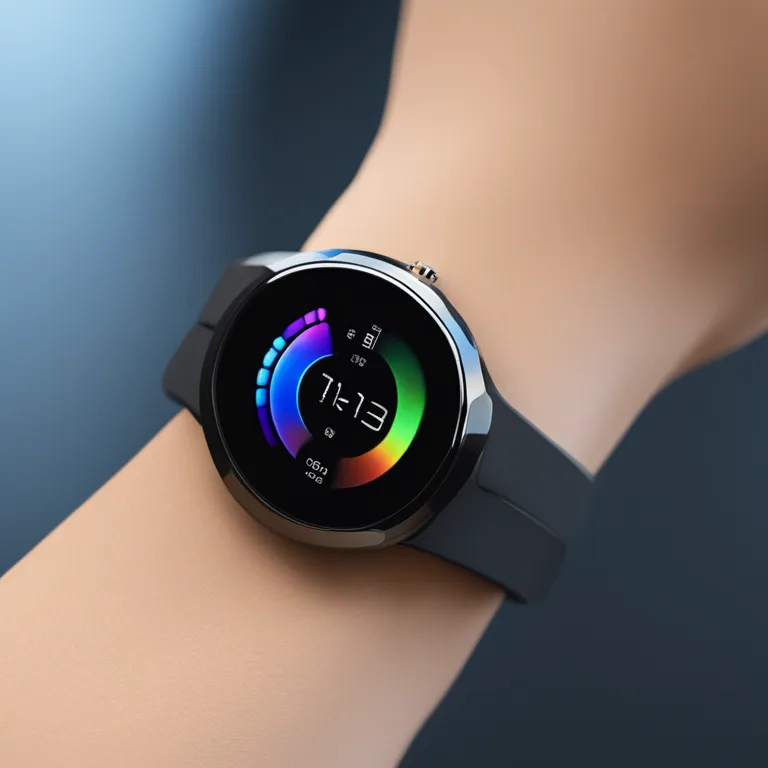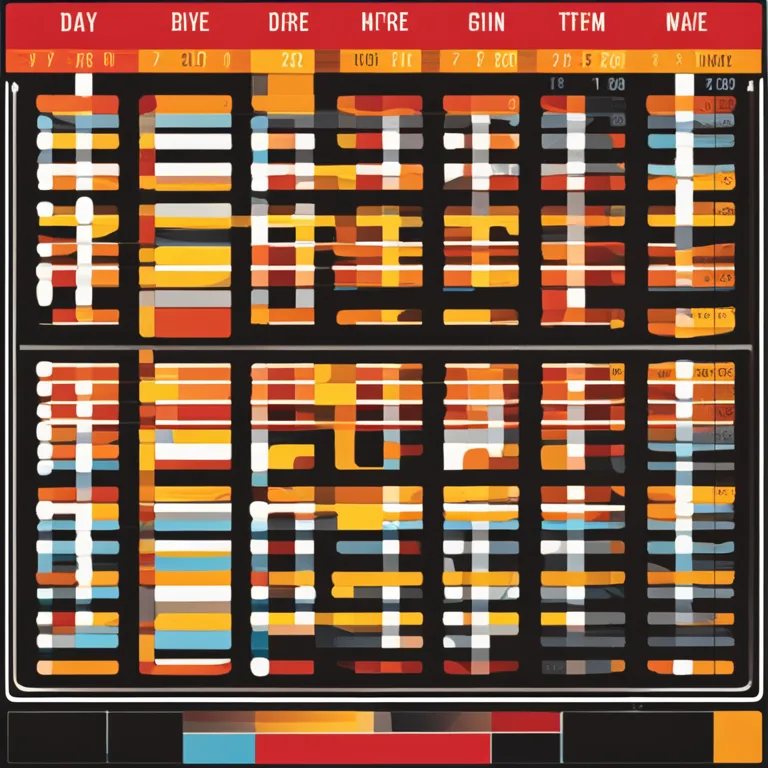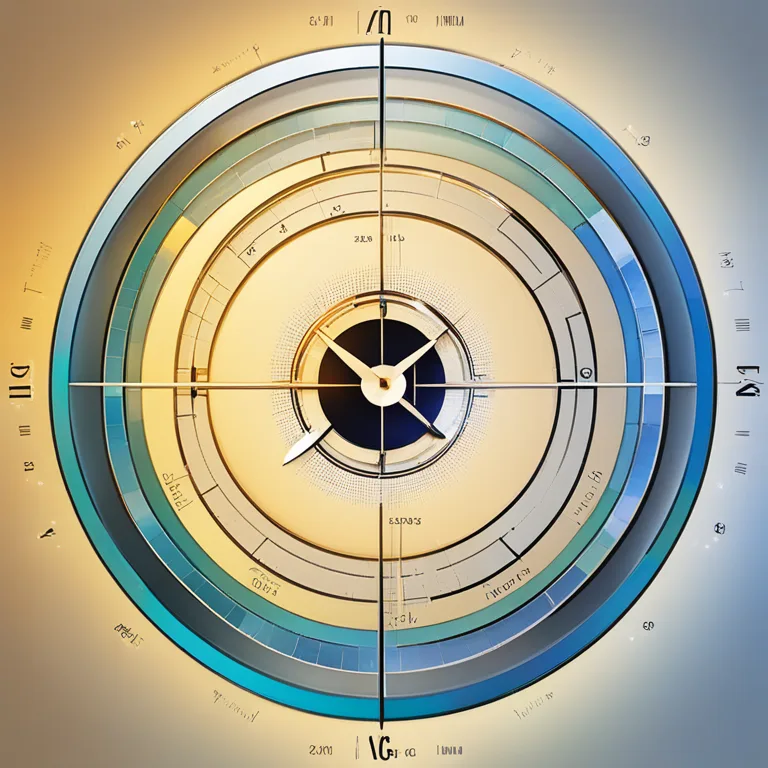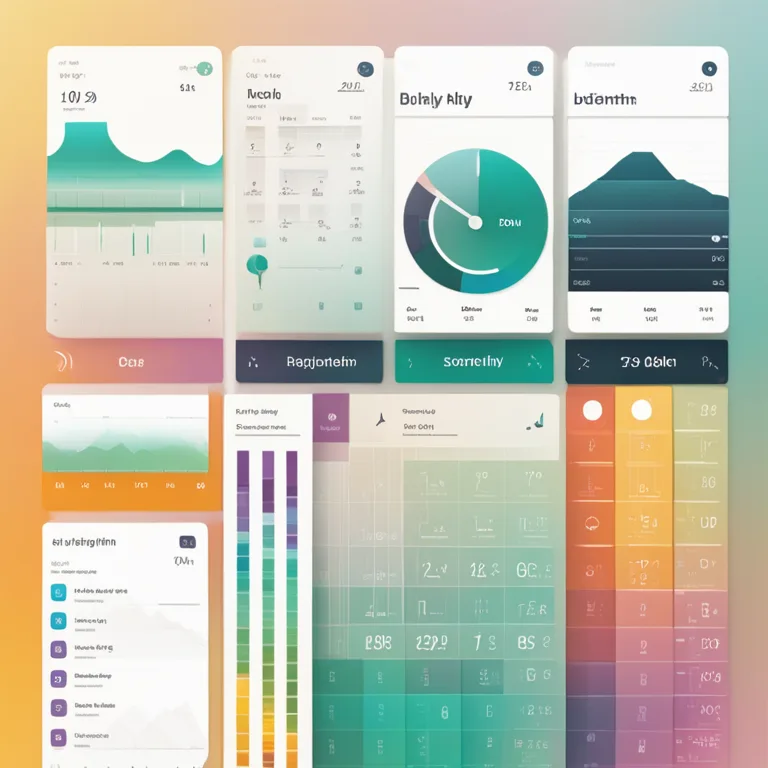
The Rhythm of Life: A Guide to Biorhythms
Gain insight into your physical, emotional, and intellectual cycles through the study of biorhythms and learn how to potentially enhance your well-being and productivity.
article by Adrian Wallace
Introduction to Biorhythms
While astrology maps the influence of the stars, biorhythms are a more personal type of cosmic clock, believed to chart the ebb and flow of one's vitality and well-being. Originating in the 20th century, the biorhythm theory suggests that our daily lives are directly influenced by rhythmic biological cycles. Here in 2024, modern enhancements in self-tracking technology have reignited interest in biorhythms, proposing that understanding these cycles can potentially lead to better health and decision-making.

The Three Cycles Explained
Traditional biorhythm models focus on three primary cycles: the 23-day physical, the 28-day emotional, and the 33-day intellectual. Each cycle starts from your birth date and oscillates in a sine wave pattern between positive and negative phases. The physical cycle governs your vitality and energy levels, the emotional cycle affects mood and feelings, and the intellectual cycle dictates mental abilities and thoughts. Over time, these cycles can be charted to forecast days of heightened abilities or potential challenges.

Applications and Considerations
Advocates for biorhythms suggest that by plotting these cycles, one can pinpoint optimal times for activities such as sports, job interviews, or even matters of the heart. Conversely, awareness of a low cycle could encourage caution or additional preparation. While intriguing, the scientific community remains skeptical, often describing biorhythms as a pseudoscience due to a lack of empirical evidence. However, with new gadgets capable of sophisticated bodily tracking, the field of biorhythms might evolve with potentially corroborating data.

Integrating Biorhythms in Daily Life
Incorporating biorhythm analysis into daily life begins with charting your personal cycles. Numerous apps and online calculators, updated for 2024 standards, provide user-friendly interfaces for tracking your cycles. By recording daily experiences alongside these rhythms, you create a personalized biorhythm profile that could yield unique insights into your best days for particular activities.

Biorhythms and Life's Complexity
It's important to remember that life's complexity can't be fully contained within simple cycles. Despite the allure of biorhythms, they should not be used to dictate life decisions independently but rather serve as one of many tools for self-awareness. Complementing biorhythm analysis with other well-being practices such as mindfulness, balanced diet, and regular exercise may offer a more holistic approach to personal health and productivity.
Future Prospects in Biorhythm Studies
With advancements in wearable technology and AI, there's potential for biorhythm research to intersect with biofeedback and genomics, granting more personalized health insights. Whether future studies will cement biorhythms as a legitimate field or see them relegated to the annals of curious pseudoscience remains an intriguing prospect for 2024 and beyond.
Published: 12/28/2023
Modified: 12/28/2023
More predictions
Come back here soon to learn more about yourself and your future


Biorhythms: Tapping Into Your Luck Cycle
Discover how tracking your personal biorhythms can potentially enhance your fortune and improve your chances for success in various aspects of life.


The Emotional Wave of Biorhythms: Riding the Inner Flux
Discover the science behind emotional biorhythms and learn how tracking this natural cycle can help improve your daily life and relationships.


Discover Your Personal Biorhythm Cycle
Learn how to map out your biorhythms for insight into your physical, emotional, and intellectual vitality.